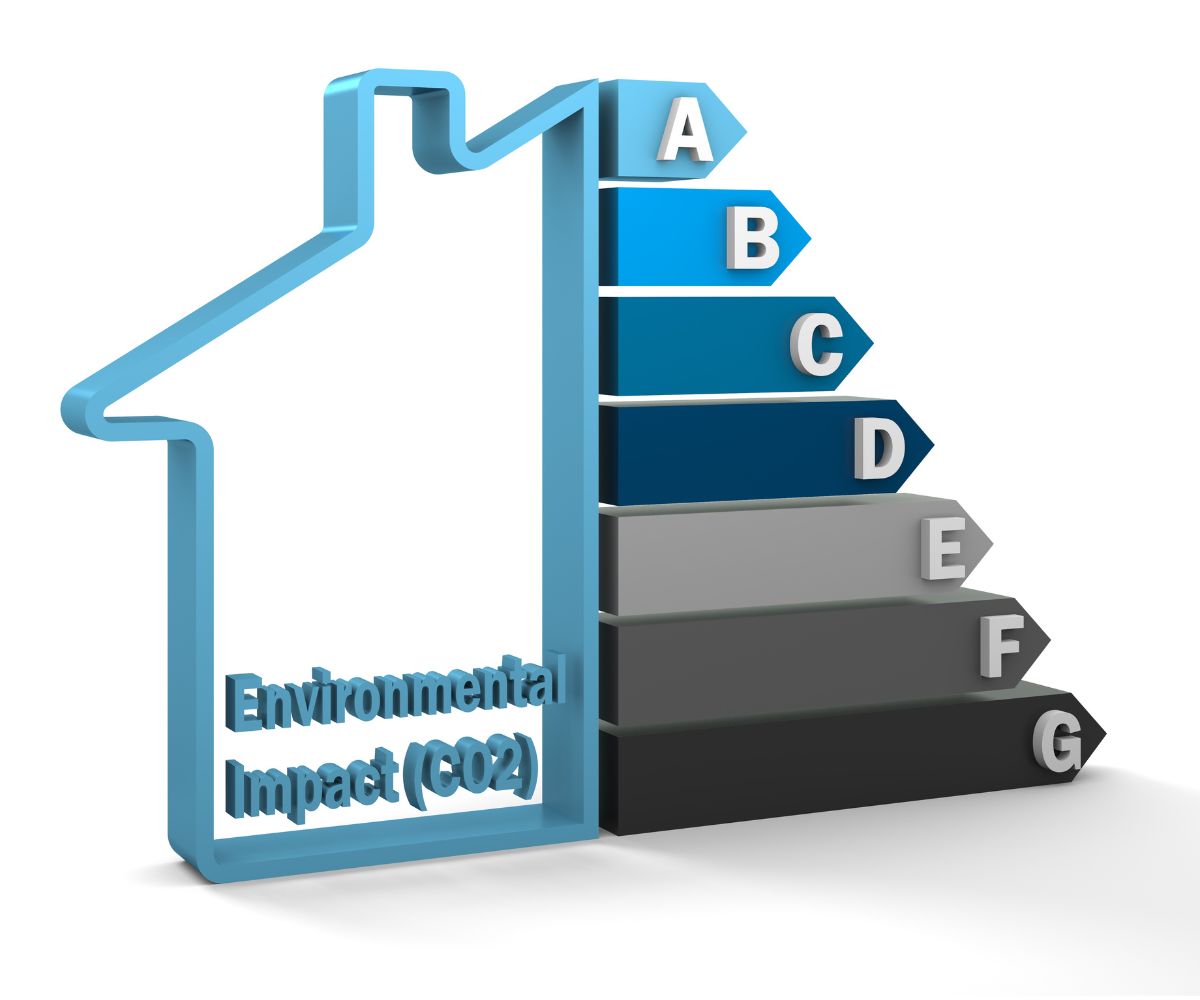
The Potential of Fuel Cells in HVAC Systems
July 27, 2023The heating and cooling system is one of the most important systems in a home. However, it can also be one of the most expensive and less energy-efficient (HVAC systems are responsible for 10% of global electricity consumption).
Not to mention that most HVAC systems in today’s homes use fossil fuels as the main energy source. Also, some refrigerants can leak potent planet-warming gasses into the atmosphere if the HVAC system is not properly maintained.
As heatwaves become more common, even in areas that didn’t use to heat up, the demand for cooling units is only expected to increase. But standard HVAC systems are eating up a lot of energy, which leads to carbon dioxide in the atmosphere, which only accelerates global warming.

New Green Jobs Posted Daily
The good news is that there are solutions we can implement to reduce energy consumption and have less of a negative impact on the environment. One such solution is HVAC systems powered by fuel cell technology.
Moving forward, we’ll examine how fuel cell technology can help keep your HVAC system energy-efficient and environmentally friendly.
How Does a Fuel Cells Powered HVAC System Work?
While fuel cell technology has been around for a while, it’s still incipient, especially for residential use. However, governments worldwide are working with tech companies to find a solution to the current problem posed by standard HVAC and other home systems.
In short, fuel cells have the potential to create clean and lower-cost electricity for our residential systems. They do so by converting chemical energy into electricity through a chemical reaction (like using hydrogen and oxygen to create an electrical current).
As a result, instead of burning fuel to produce energy, which happens in most traditionally powered systems, electrochemical reaction sidesteps the combustion process altogether. When applied to an HVAC system that needs electricity, you’ll have a unit that doesn’t pull electricity from the grid. This means there will be no emissions produced to cool down your home.
So if you’re looking into how to grow your HVAC business, one option would be to offer more environmentally-friendly units that help homeowners reduce costs and harmful emissions. However, it’s important to know that the initial cost can be quite high. A fuel cell system can help homeowners in the long run, but it can be challenging to start. 
Why Use Fuel Cell Technology?
Considering the initial costs and the fact that we still need more research on using fuel cell technology in residential settings, is it wise to invest in such a system?
Overall, the main reason why this technology is gaining traction is its high-efficiency rates and low environmental impact. Depending on the type of fuel cell used and how it’s set up to work in conjunction with your HVAC system (or any other systems in the house), it could be up to three times more efficient than traditional grids.
You see, unlike regular power systems that waste a lot of energy during the generation and transmission process, fuel cells produce electricity right where it’s used. That means less energy is lost along the way.
Moreover, because fuel cells bypass the combustion process, they significantly cut down on harmful emissions. If we consider some residential areas where air quality is a concern, the use of fuel cells can contribute to cleaner air, making it a healthier place to live.
Of course, we also need more sustainable practices for the construction industry and other structural changes. Still, if you want to take the first steps toward a more energy-efficient home, this technology could be the answer. 
Small and consistent energy-efficient home upgrades, such as an HVAC system powered by fuel technology, are great options in the long term. Plus, clean energy will help us reduce air pollution, which is already reaching alarming quotas in many big cities all over the world.
Wrap Up
We, as a global society, still have work to do before we can create and deliver a sustainable energy system that works for everyone. With the emergence of high-efficient technologies, such as fuel cells that use hydrogen and oxygen to create electricity, we are one step closer than before.
But the responsibility is on both scientists and regular people. Given that residential areas and offices produce around 20% of carbon emissions, homeowners and business owners must be more involved with finding technologies that are less polluting and work for their needs.



 With over 15 years of reporting hydrogen news, we are your premier source for the latest updates and insights in hydrogen and renewable energy.
With over 15 years of reporting hydrogen news, we are your premier source for the latest updates and insights in hydrogen and renewable energy.